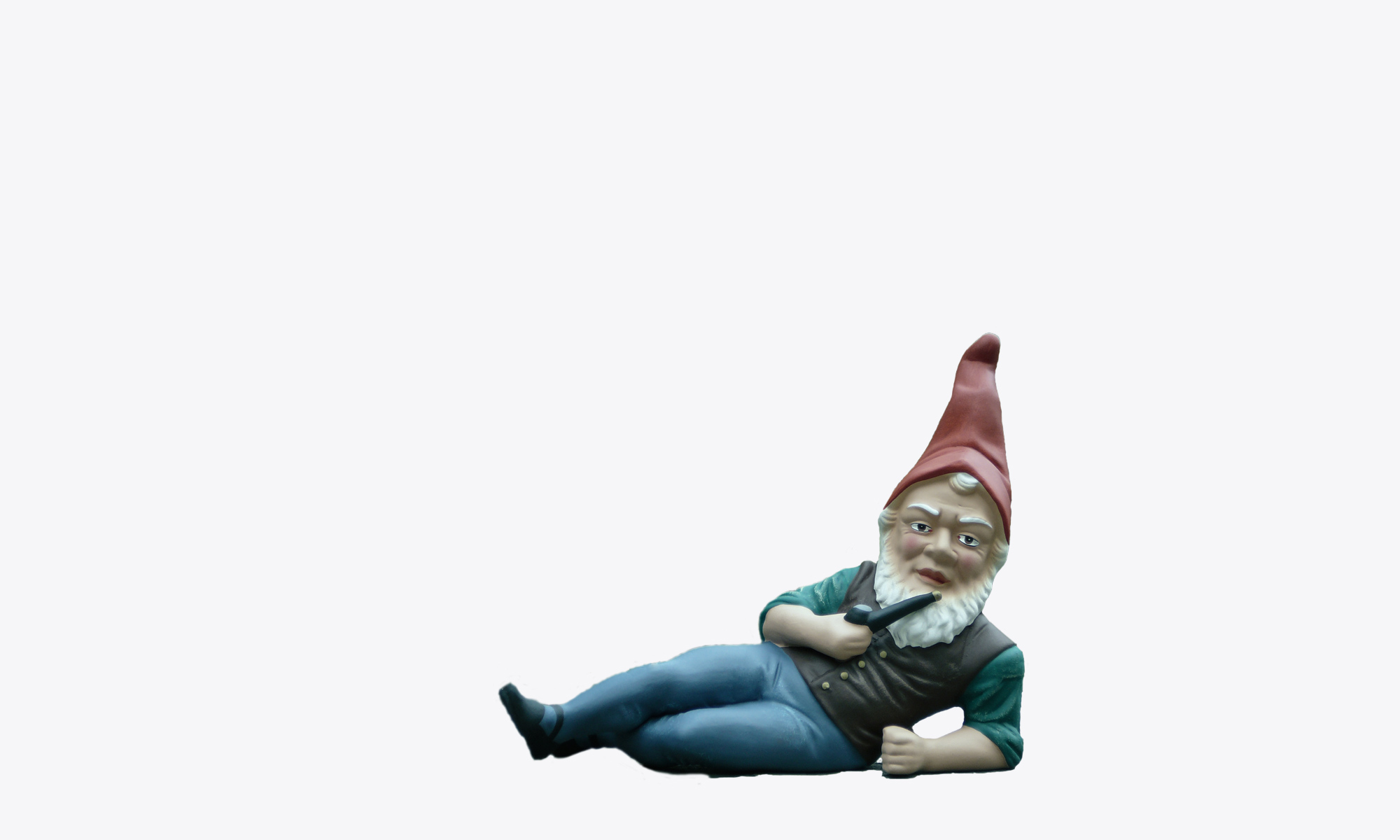Here are some of the projects I have worked on:
Featured Projects: UX
 |
 |
 |
Web Usability — now almost always called UX, or User Experience — is about making interfaces that are:
- > easy to use
- > pleasant and
- > efficient.
More broadly, true UX covers all of a customer’s interactions with your brand, but for the purposes of this post we will restrict ourselves to the above definition.
Even using this relatively narrow definition of UX, it encompasses more than you might expect, including:
- > competitive analysis
- > content writing (and possibly brand voice)
- > graphic design (including color palettes, layouts, icons, typography and interface elements)
- > information architecture (content grouping and interrelations)
- > interface concepts (from mockups to detailed designs)
- > interviewing and surveying
- > personas and scenarios
- > programming
- > testing
- > wireframing and prototyping
A good UX designer is empathetic and observant but also detail oriented and highly analytical.
Why spend time on User Experience?
The days of “build it and they will come” — if indeed they ever existed — are long gone. People are on your site with a set goal or series of goals in mind. It is up to you to understand both the audience and their goals. You have precious little opportunity to do so. Jakob Nielsen put it better than I can:
On the Web, usability is a necessary condition for survival. If a website is difficult to use, people leave. If the homepage fails to clearly state what a company offers and what users can do on the site, people leave. If users get lost on a website, they leave. If a website’s information is hard to read or doesn’t answer users’ key questions, they leave. Note a pattern here? There’s no such thing as a user reading a website manual or otherwise spending much time trying to figure out an interface. There are plenty of other websites available; leaving is the first line of defense when users encounter a difficulty.
A journey not a destination
Improving usability is an ongoing process. By examining metrics, redefining KPIs and gathering feedback / VOC (Voice of the Customer), UX is something that you should always be doing. As such, it is often less about milestone projects or final designs and more about tweaks and refinements. Dry? Perhaps, but at the same time if you aren’t paying attention to your customers and giving them what they want, what does that say about you?
